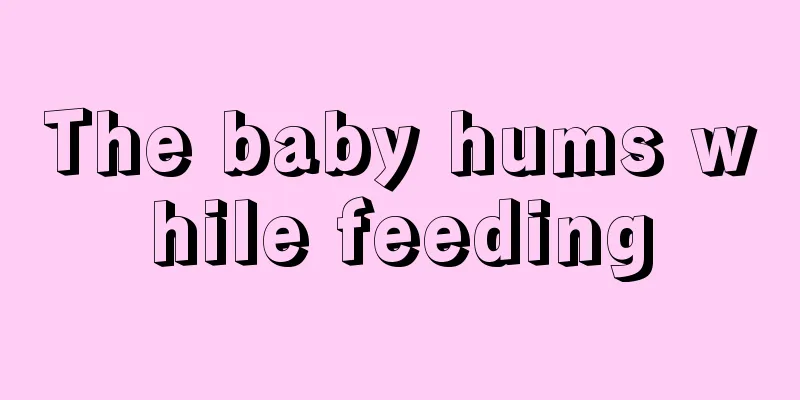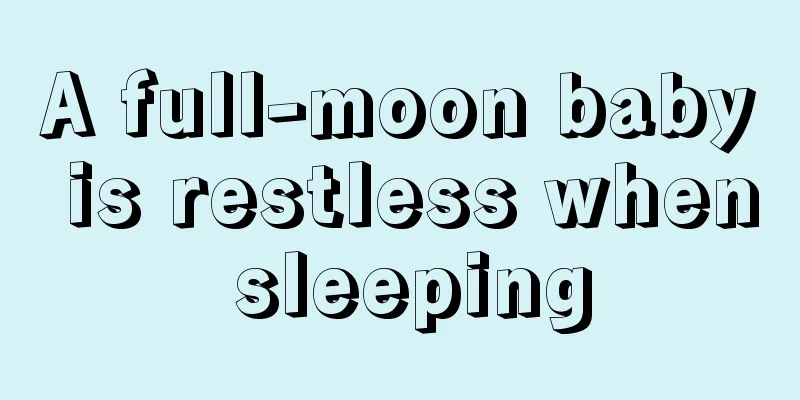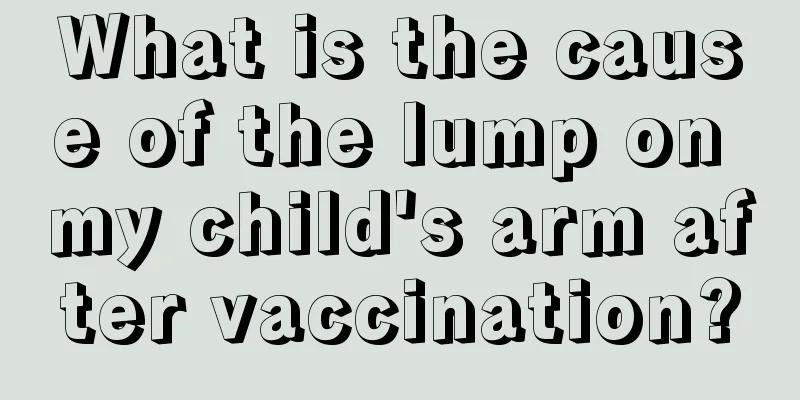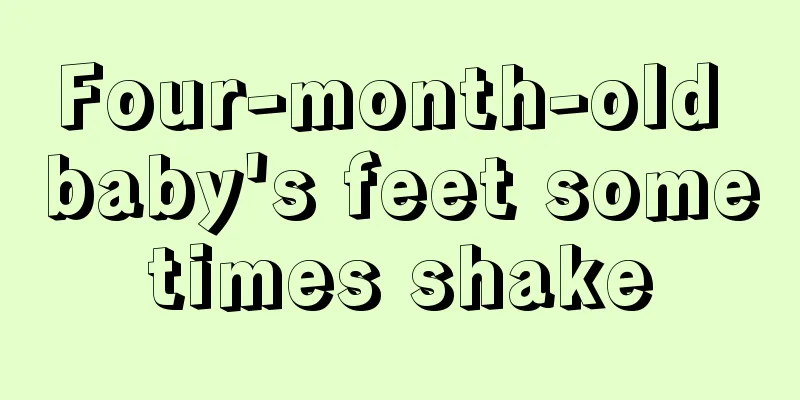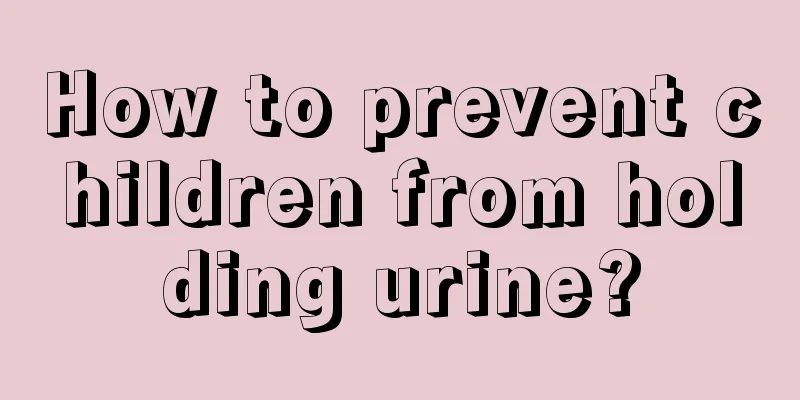Baby keeps shivering
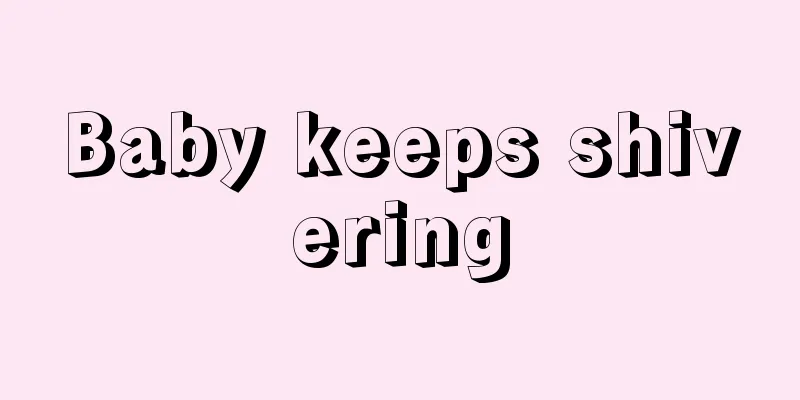
|
Babies are young and often prone to symptoms of illness. Because the body's resistance and immunity are relatively low, the body system is not fully developed. Therefore, parents are most worried once any symptoms occur, especially some habit problems that the baby has had since childhood are also very important. Then frequent shivering is also a sign of physical weakness. But the baby always shivers. The baby shakes as if he is shivering. What is going on with the child shivering? Why is the baby shivering? Some children often shiver, and many parents are worried that this is a sign of their children's illness, so they all want to know what is going on when their baby shivers. 1. Shivering in children is a self-stimulatory behavior in infancy. Sometimes they may shake their heads, clench their fists, or shiver, but these symptoms will disappear as they grow older. 2. If a child shivers when wiping his face or body, it is usually because the towel is too cold. If a child is sensitive to sounds, he or she will shiver when there are loud or sudden sounds, such as firecrackers, car horns, etc. If the child is afraid of cold or is not well kept warm, the child may shiver. 3. The nervous system of infants and young children is not fully developed, so most of the time they will tremble due to increased muscle tension. This requires parents to pay attention to whether their children will have other symptoms. If the symptoms occur frequently, or if the eyes are dull or the neck is tilted back, they should take the child to the hospital for examination. When a child shivers, parents should pay attention to observation. If it is caused by a disease, just find the cause and treat it from the root. Is it dangerous for a baby to have a fever and chills? Many children have cold hands and feet when they have a fever, often accompanied by chills, which makes parents very worried that their children may be in danger. 1. It is very common to shiver when you have a fever. Especially when infants and young children have a fever, most of them will shiver. If a child's normal body temperature suddenly rises to 39℃ or even 40℃, the body's heat dissipation will decrease, and the small blood vessels in the skin will contract, resulting in weakened blood flow to the skin and inability to sweat, which will cause the person to shiver. 2. If the child has a fever and chills, parents should remain calm and cover the child with a blanket, which will help the child sweat. You can also use physical cooling methods for your child, such as wiping the body with a warm towel, which can dilate the blood vessels in the child's skin and help dissipate heat. 3. When a child starts to shiver, it is usually during the acute fever period. At this time, the child should be sent to the hospital immediately to find out the cause of the child's fever and provide targeted treatment. A baby having a fever and chills is not a very dangerous situation, but parents should not use medicine indiscriminately. They should send their children to a regular hospital for treatment. If the fever cannot be reduced in time, it may cause high fever convulsions. |
<<: How to feed your baby hydrolyzed milk powder
>>: Sternocleidomastoid torticollis
Recommend
Is it appropriate to bathe a child with a fever?
Every October, you can see long queues in the ped...
What is the most effective way to treat children's nasal concha hypertrophy?
Parents of children today are relatively young an...
At what age do children usually start to lose their teeth?
As we all know, teeth play a very important role ...
How to improve children's decreased appetite
If a child's appetite decreases, it will harm...
What is the matter with the blue veins on the child's face
Blue veins on a child's face are a bad sign f...
Newborns who are breastfed have frequent bowel movements
We all know that newborns cannot speak right afte...
What to do if your child suddenly has cramps
Nowadays, with the continuous improvement of livi...
What foods can help short children grow taller?
If a child is too short, then you need to pay att...
What is autism in children
Some children are very cheerful and enthusiastic ...
It is normal for newborns to roll their eyes when sleeping
Babies have many sleeping problems. Sometimes som...
Two-year-old baby walks on tiptoes
A two-year-old baby is just beginning to learn to...
What causes dandruff in babies?
It is well known that adults have an overly activ...
Child foaming at the mouth while sleeping
Many parents will find that their children foam a...
What are the symptoms of brain retardation in children?
In life, many people find that their babies seem ...
How to deal with burns and blisters on children?
Most burns on the skin surface are caused by care...



